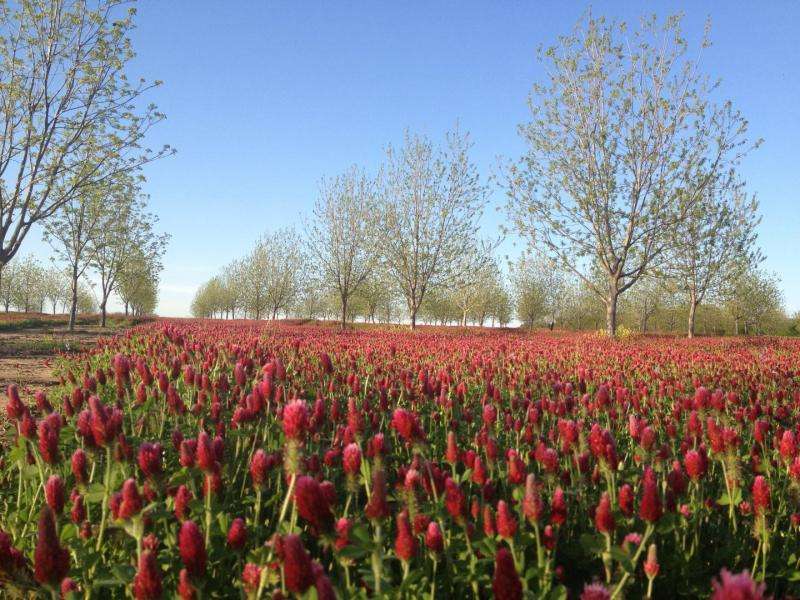New irrigation strategies for pecans in humid climates

Georgia is the largest pecan producing state in the U.S. Although this humid region receives an average of 127 cm or more rainfall annually, periods of moisture stress can occur during the pecan growing season, particularly during August and September when pecans are in the kernel-filling stage and water demand is at its peak. Pecan producers throughout the region depend on irrigation strategies to produce a marketable product, but recommendations for the optimal amount and frequency of irrigation is still a common concern among growers. A study that appeared in the July issue of HortScience revealed some new water-saving protocols for the region's pecan producers.
Author of the study, Dr. Lenny Wells from the Department of Horticulture at the University of Georgia, said that current recommended irrigation schedules for pecan in the region are based largely on a 1985 study related to plant water stress, evapotranspiration, and soil water depletion generated in more arid climates. "These schedules often fail to take into account that supplemental rainfall may reduce the need for irrigation water before the nut sizing period in humid climates," Wells noted. "A plant-based measurement, such as stem water potential, should be a straightforward indicator of plant water stress and of the need for irrigation because it measures the integrated effect of soil, plant, and atmospheric conditions on water availability within the plant itself."
In the current study, Wells compared a reduced early season irrigation schedule for pecans in humid climates with the currently recommended schedule using midday stem water potential as measured by the pressure chamber. Stem water potential was also correlated with volumetric soil moisture in the non-irrigated trees to establish a baseline relationship between the two on Tifton loamy sand, a common agricultural soil in the southeastern United States. The research was conducted in a 30-year-old microsprinkler-irrigated commercial 'Stuart' pecan orchard in Georgia.
Results showed that the reduced early season irrigation schedule provided a 38% reduction in irrigation water use with no significant effect on pecan tree water stress, yield, or quality. "This suggests that pecan trees can tolerate moderate early season water stress under southeastern U.S. environmental conditions," Wells noted.
Other findings of the study determined that water stress on pecan occurred at -0.78 MPa (using the pressure chamber to measure stem water potential). "Regression analysis suggested that irrigation scheduling for mature pecan trees may be needed when volumetric water content reaches 10% on Tifton loamy sand soil," Wells said.
Water stress in pecan correlated with soil moisture from budbreak through the end of nut sizing, but not during kernel filling. "Pecan trees bearing a moderate-to-heavy crop load may undergo water stress during the kernel filling stage regardless of soil moisture level," Wells added. "This suggests that water stress in pecan is influenced by growth stage and nut development. During the kernel-filling period, water stress may be a function of crop load in addition to soil moisture."
More information: The complete study and abstract are available on the ASHS HortScience electronic journal web site: hortsci.ashspublications.org/c … t/50/7/1070.abstract
Journal information: HortScience
Provided by American Society for Horticultural Science

















